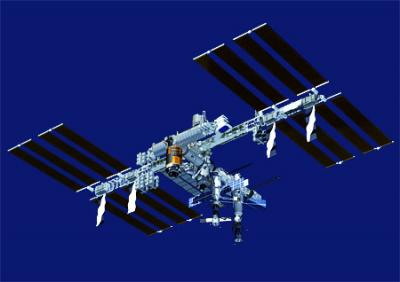Mission
 JEM-EUSO will is planned to be launched by an H2B rocket and will be conveyed to the ISS by the H-II Transfer Vehicle (HTV). It may also be taken to the ISS by the SpaceX Dragon delivery system. Once at the ISS, it will be attached to one of the ports for non-standard payloads of the Exposure Facility (EF) of the Japanese Experiment Module (JEM). Data will be transmitted via TDRS to the Mission Operation Center hosted by JAXA in the Tsukuba Space Centre. The launch is foreseen for the 2017 and the mission will last at least 5 years. JEM-EUSO will be operated for three years in Nadir configuration to maximize statistics at the lowest energies in order to cross calibrate with the current generation of ground-based detectors. The instrument will be then tilted (about 30°) with respect to Nadir in order to exploit a larger amount of atmosphere and to maximize the statistics of events at the highest energies. JEM-EUSO will significantly increase the exposure to UHECRs compared to the largest ground-based air shower arrays presently in operation. Two test experiments are currently being built; one to observe the fluorescence background from the edge of the Atmosphere (EUSO-Balloon) and the other for an inter-calibration with the Telescope Array fluorescence detector (EUSO-TA). |

